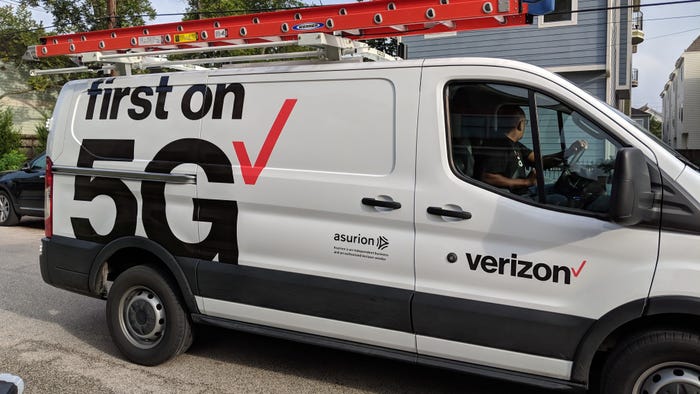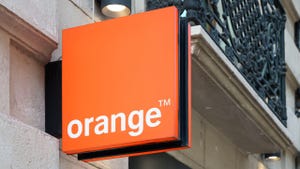News
3D illustration. Security padlock being broken for unauthorized access by computer hackers. LED screen being destroyed pixel by pixel.
Regulatory & Politics
T-Mobile commits to phone unlocking policy amid Mint delaysT-Mobile commits to phone unlocking policy amid Mint delays
'T-Mobile commits to implement an unlocking policy,' the operator told the FCC in an apparent effort to convince regulators to approve its $1.3 billion move on MVNOs Mint Mobile and Ultra Mobile.
Subscribe and receive the latest news from the industry.
Join 62,000+ members. Yes it's completely free.



.jpeg?width=700&auto=webp&quality=80&disable=upscale)







































.jpeg?width=300&auto=webp&quality=80&disable=upscale)





